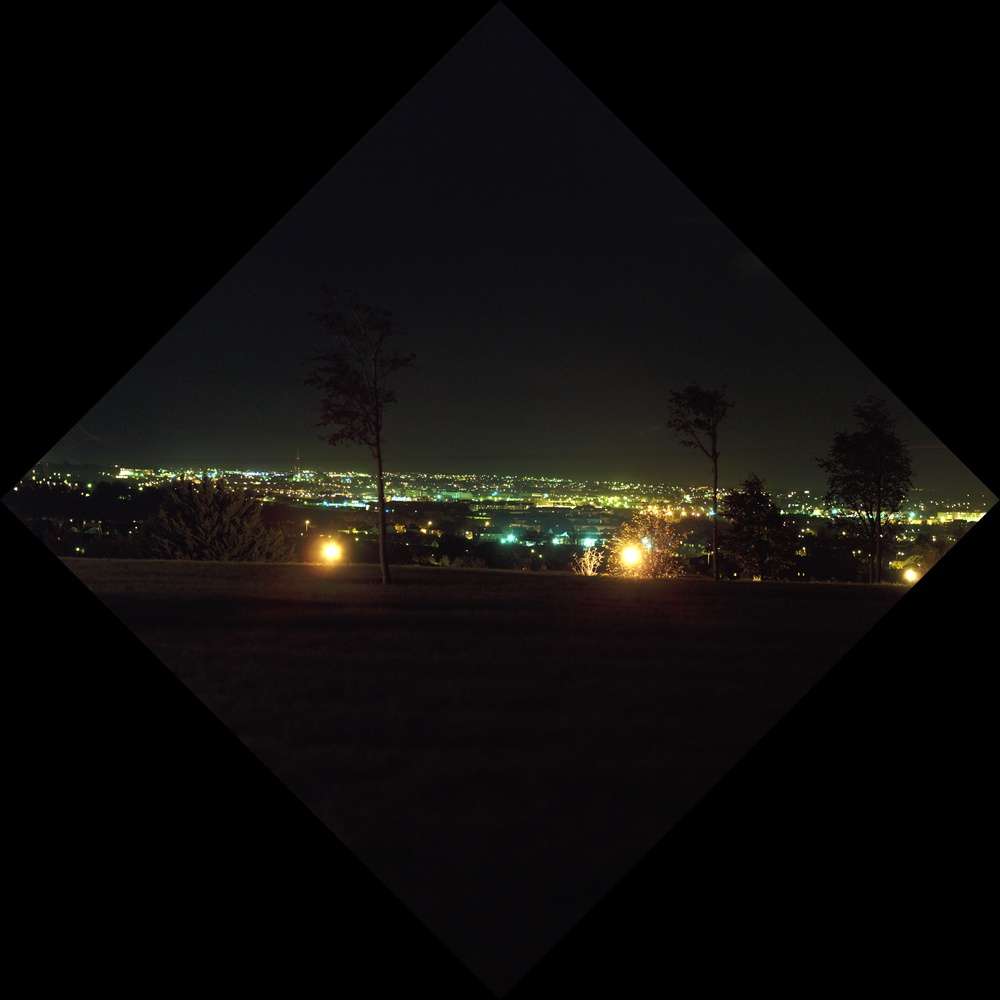First of all, I appreciate your extensive knowledge regarding lens manufacturing/testing..... I really do! I don't have that kind of knowledge and so I have to make deductions with the limited visual information at hand. If a lens shows by visual inspection at 100% pixels that on a planar subject one side/top/bottom at the edge is out of focus compared to the same location at the opposite side of the file then something is surely amiss. I agree that it could be numerous issues including flange or sensor but with all of my circumstances the issues was resolved by sending my lenses back to Schneider (in my experiences). I can only deduce that the lens was at fault..... not the flange or sensor. I also always got an invoice (at no charge) showing that the lens was out of alignment and corrections made.
Appreciate your input......
Victor
Victor you are correct in many of your findings etc. I will add more food for thought. When you have an AF lens it must be slightly loose relative to a manual focus lens, as very small motors must move that mass. Doesn't mean it can't be sharp, but it does mean it may not be quite as sharp as manual focus style lens, if both are right off the assembly line. But, as someone said, shipping it can result in a bump, fall, etc, in the box. And then an individual piece of the component glass inside the lens can slightly decenter. It only takes one.
I always contended that if you gave someone at the top level, say Zeiss, a 'crapflex' lens, and let them assemble and build it, then right off the line, made images, they would probably rival any lens available, even much more expensive glass, for sharpness. But after walking a block, with it bouncing on its strap against your hip or chest, the cheaper lighter construction would let it down, with elements de-centering, etc.
Now a 35mm SK for MF is not a cheap lens, but it is subject to the comment about AF lenses, as well as the shipping and un-gentle use parameters.
In the case of a technical LF lens, the culprit is several fold. First the Copal shutter, and its competition, now gone, and with them out of the mechanical shutter business as well now, has to deal with newer and heavier glass. This can cause a torque on the central bass barrel the front and rear lens groups are screwed into.
Setting a tripod down, with a camera, and with a lens mounted, firmly or with some alacrity, can cause a large front element group, to impact the brass mounting tube, and over time the front and rear groups, lose alignment with each other. The larger the element in front, especially, the more prone to this occurring, in the lens. This is one of the reasons for problems cropping up. But putting pressure on a lens in your bag or back pack while transporting or dropping the bag or pack, can also be a culprit.
For a while now, both Rodenstock and Schneider, have often included notes in their lens boxes, when delivered new, warning of this possibility. The recommend not carrying the camera on a tripod over the shoulder, for sure. Each step you take with a shouldered camera tripod, increases the torque on the lens groups, the larger the front group, the worse it is.
So be gentle...
Another factor involved for digital is definitely focus shift. The lens designers, had by the 1880's and definitely in the 1890's figured out how to get the blue and green to focus on the same plane. The red wavelengths however would mostly, be slightly in front of the image plane. Those who used film and remember on manual focus cameras, that one had to move the focus slightly to get the sharpest images.
They had a red index for this adjustment on the barrel of the lenses, to show this correction.
But first with digital sensors and lenses, there is another issue yet. The red still moves further away from the focus plane, as you stop down the lens. And although the focus depth increases, like depth of field, as you stop down, the red may move further forward then the far plane of focus, and so red is out of focus, muddying up your image. All lenses have focus shift, more or less.
And due to the onset of Diffraction showing up much sooner, as you stop the lens down, with digital imaging, than it did on film, you cannot close your lens down as far as you could for film. And the smaller the pixels the worse the situation gets. So, with wide angle lenses to standard focal lengths, on a 36mp or 43mp or 50mp DSLR, for instance we find that 5.6 is the limit before diffraction shows up, where with film, you could go down to F8-11. Some of it can be corrected, but it sometimes makes image look 'Digy'. With an 80mp back on MF, F8.5 is the limit with standard to wide lenses that you can stop down. With some lenses, the red moves further, than that far plane of focus, as I said, so they cannot resolve the highest MP backs. That is also why many older lenses do not do as well as newer designs.
Hope this helps.
Rod

